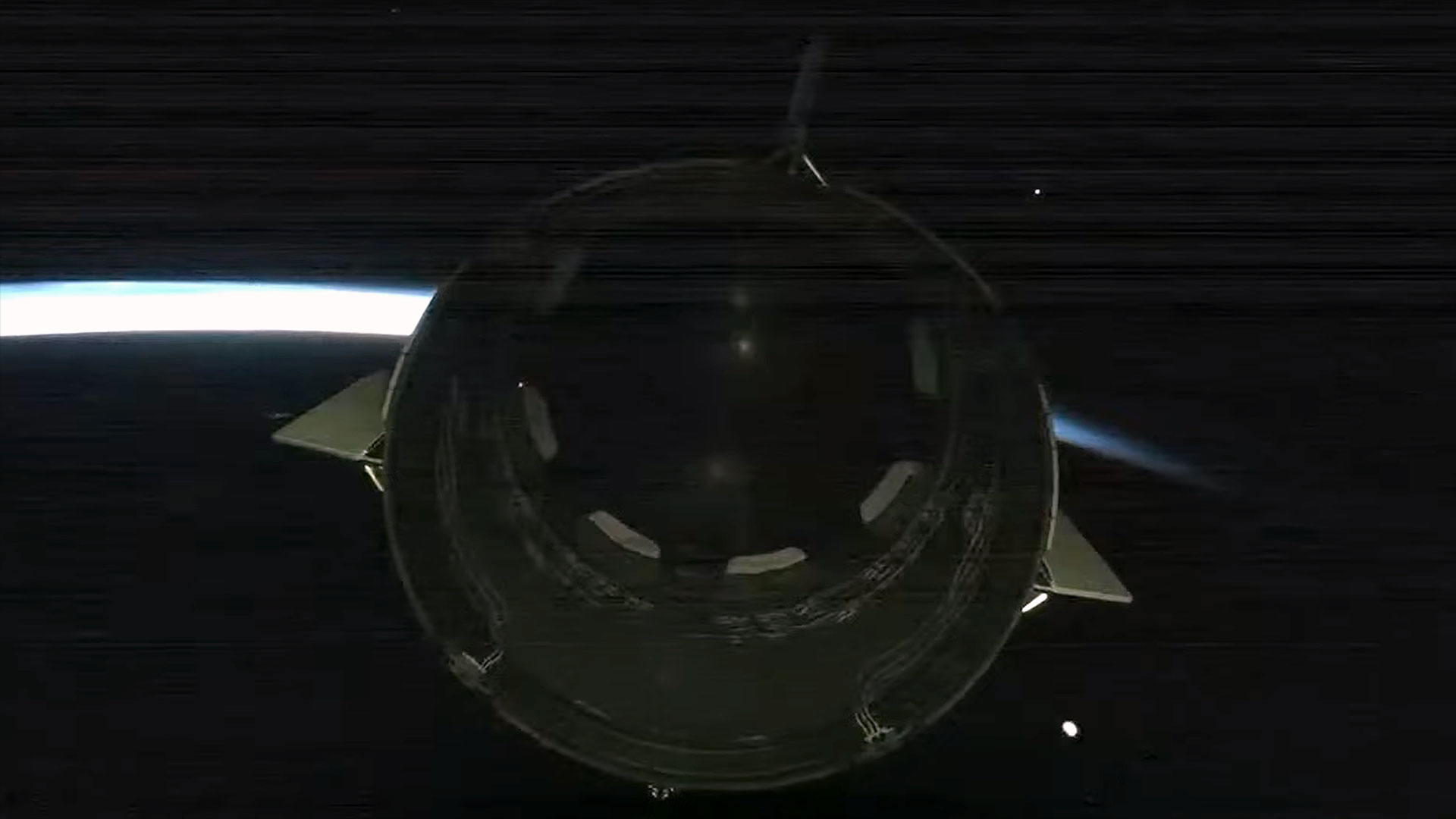'Tomatosphere'! How Kids Are Helping to Grow Future Space Food
Astronauts have successfully grown lettuce and other plants on the International Space Station (ISS), but what happens to seeds during spaceflight? To better understand how plant seeds react to microgravity, the Tomatosphere project is sending tomato seeds on a round-trip to the ISS.
Upon their return to Earth, the tomato seeds are distributed to thousands of classrooms across the U.S. and Canada so schoolchildren can study how the spacefaring seeds grow compared to seeds that have never left Earth. While the kids are learning about biology and space science, the results of their study can help organizations such as NASA figure out how to feed astronauts on long-duration missions, like a trip to Mars. [Plants in Space: Photos by Gardening Astronauts]
This year students are growing seeds that went to space for 37 days on a SpaceX Dragon cargo ship that flew to the space station last summer. Those seeds were shipped to more than 20,000 classrooms this spring, NASA officials said in a statement. The last batch of tomato seeds to complete trip hitched a ride on another Dragon that launched on Feb. 18 and returned to Earth 28 days later. All 1.2 million of the seeds on board — as well as some seeds that didn't go to space — will be distributed to schools in the spring of 2018. Because it is a blind study, participants won't find out which seeds went to space until they complete the project.
"They're noting the germination, when it starts to grow; the differences in sizes of the plants; how fast they grow; how big their leaves are; the color of their leaves — visual differences, basically," Ann Jorss, secretary and treasurer of First the Seed Foundation, which implements the program in the U.S., said in the statement. "The goal has always been to give students an understanding about where their food comes from and get them excited about agriculture."
First the Seed is one of many partners on the Tomatosphere project. It was originally founded by a Canadian organization called Let's Talk Science, which manages operations in Canada. Other sponsors include NASA and the Canadian Space Agency, as well as tomato seed suppliers HeinzSeed and Stokes Seeds
In a video message recorded on the ISS, European Space Agency astronaut Thomas Pesquet showed off bags stuffed with tomato seeds and explained how the Tomatosphere project will help future space travelers. "Tomatoes can benefit our environment by removing carbon dioxide and adding oxygen and water to the air we breathe," Pesquet said. "Tomatoes could be a space superfood, and this is where the Tomatosphere comes in ... Who knows? Maybe you will be studying how to grow the food that you will one day eat as an astronaut."
Tomatosphere asks students to not just report their observations, but also eat or donate the tomatoes they grow. Learn more about the Tomatosphere project and find out how to participate at tomatosphere.org.
Breaking space news, the latest updates on rocket launches, skywatching events and more!
Email Hanneke Weitering at hweitering@space.com or follow her @hannekescience. Follow us @Spacedotcom, Facebook and Google+. Original article on Space.com.
Join our Space Forums to keep talking space on the latest missions, night sky and more! And if you have a news tip, correction or comment, let us know at: community@space.com.

Hanneke Weitering is a multimedia journalist in the Pacific Northwest reporting on the future of aviation at FutureFlight.aero and Aviation International News and was previously the Editor for Spaceflight and Astronomy news here at Space.com. As an editor with over 10 years of experience in science journalism she has previously written for Scholastic Classroom Magazines, MedPage Today and The Joint Institute for Computational Sciences at Oak Ridge National Laboratory. After studying physics at the University of Tennessee in her hometown of Knoxville, she earned her graduate degree in Science, Health and Environmental Reporting (SHERP) from New York University. Hanneke joined the Space.com team in 2016 as a staff writer and producer, covering topics including spaceflight and astronomy. She currently lives in Seattle, home of the Space Needle, with her cat and two snakes. In her spare time, Hanneke enjoys exploring the Rocky Mountains, basking in nature and looking for dark skies to gaze at the cosmos.
